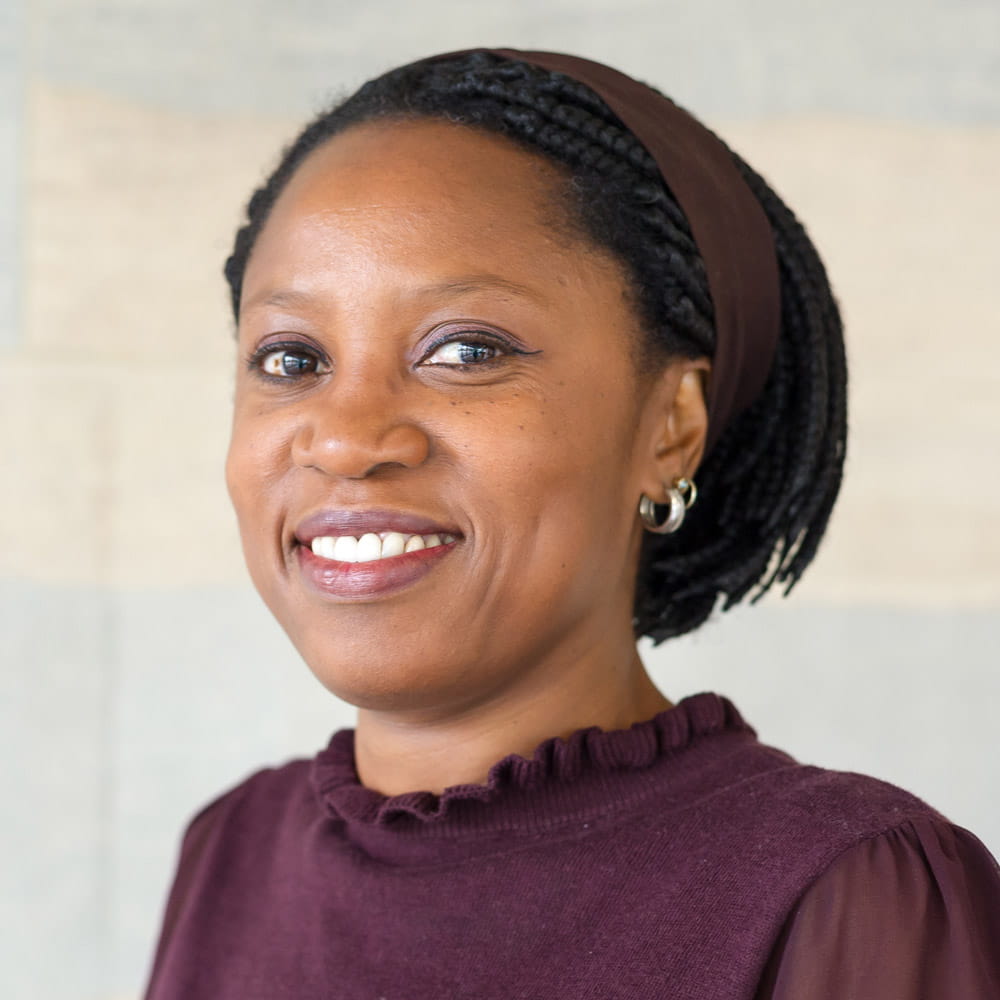Ending the cycle: International Day for the Elimination of Violence Against Women
This week, I would like to use my Inclusion Champion role to highlight International Day for the Elimination of Violence Against Women. This is not a new issue, nor is it unfamiliar to our community. At Essex, we have a history of actively combatting violence against women – ranging from action plans targeting gender-based sexual violence, harassment and hate incidents to, more recently, publishing policies on how we will battle misogyny, harassment, sexism and sexual violence against women as well as domestic abuse (.pdf). Our own researchers have also directly shaped national policy on domestic abuse and violence – working alongside councils, government and the police.
Since 1981, women’s rights activists worldwide have observed 25 November as a day against gender-based violence. The date itself was selected in remembrance of the Mirabel sisters, three political activists who were brutally murdered by Rafael Trujillo in 1960 in the Dominican Republic, and the United Nations (UN) officially recognised the day in 1999.
Let’s consider some of the current statistics:
Domestic violence
- Globally, 1 in 3 women have experienced physical or sexual violence, primarily by an intimate partner (Source: UN Women)
- In some countries, up to 70% of women report experiencing physical and / or sexual violence from an intimate partner in their lifetime (Source: World Health Organisation)
Sexual violence
- Worldwide, an estimated 35% of women have experienced either physical and / or sexual intimate partner violence or non-partner sexual violence (Source: World Health Organisation)
- About 1 in 5 women are survivors of childhood sexual abuse (Source: World Health Organisation)
Human trafficking
- Women and girls make up 71% of human trafficking victims globally. (Source: Unted Nations Office on Drugs and Crime)
Harmful practices
- More than 200 million girls and women alive today have undergone female genital mutilation / cutting in the countries where the practice is concentrated. (Source: UNICEF)
Online violence
- 38% of women have reported experiencing online harassment. (Source: Pew Research Center)
Workplace violence:
- In some countries, up to 50% of women have experienced sexual harassment in the workplace. (Source: International Labour Organisation (.pdf))
Legal protection
- Only 52% of women married or in a union freely make their own decisions about sexual relations, contraceptive use, and healthcare. (Source: UN Women)
These alarming statistics highlight the various forms of violence women face around the world, whether it be physical, emotional and psychological, sexual or economic. The intersection of gender with race, disability and age are also factors to consider when looking at the rates of violence against women. Women from the B.A.M.E. community and trans women are disproportionately affected by violence, although obtaining accurate statistics for these communities can be challenging due to underreporting, cultural stigmas, and diverse cultural contexts.
Gender inequality in our society, and at varying levels in societies around the world, perpetuates this violence – which is why it’s so important to continue speaking out against not only violence against women, but also sexism, misogyny and harassment. The International Day for the Elimination of Violence Against Women serves as a powerful reminder of the work still to be done – some 40 years on.
For more information on the day, and on how you can advocate to end violence against women – please see the UN webpage. To report instances of violence, misogyny, harassment or sexism, please contact Report and Support.
